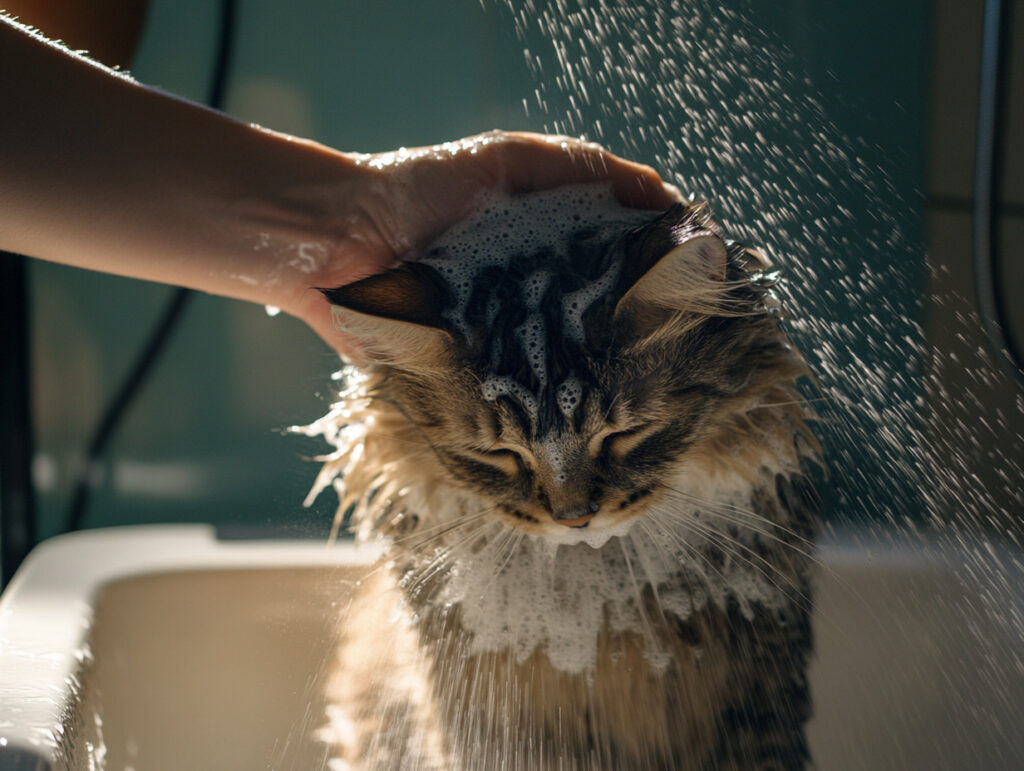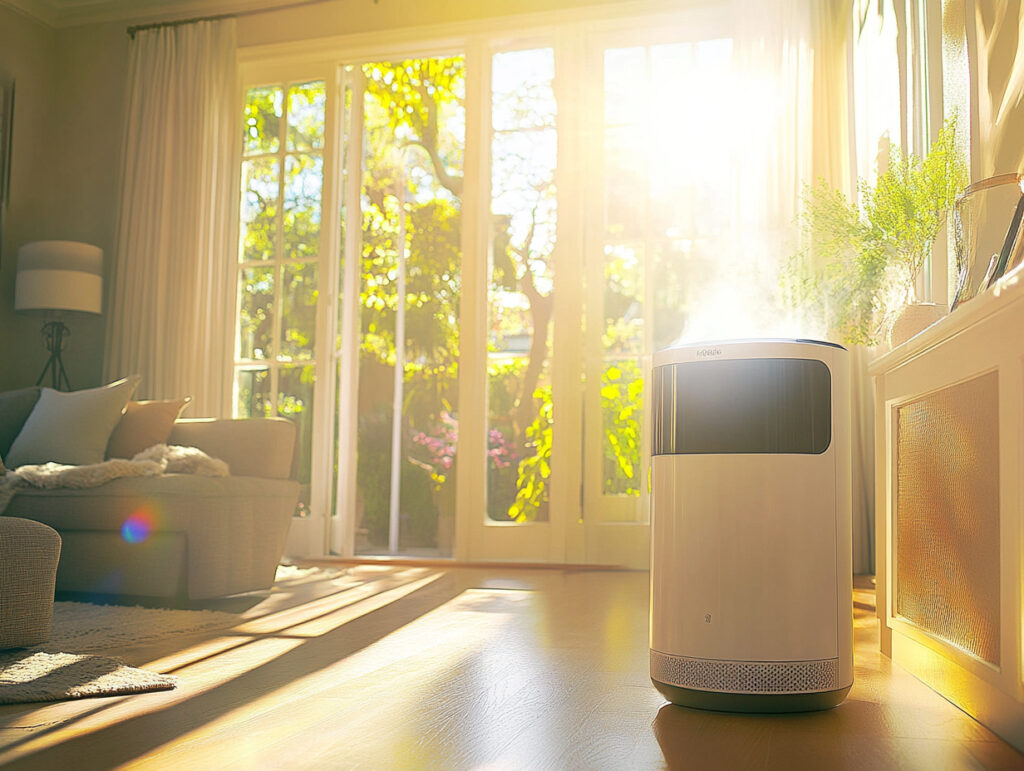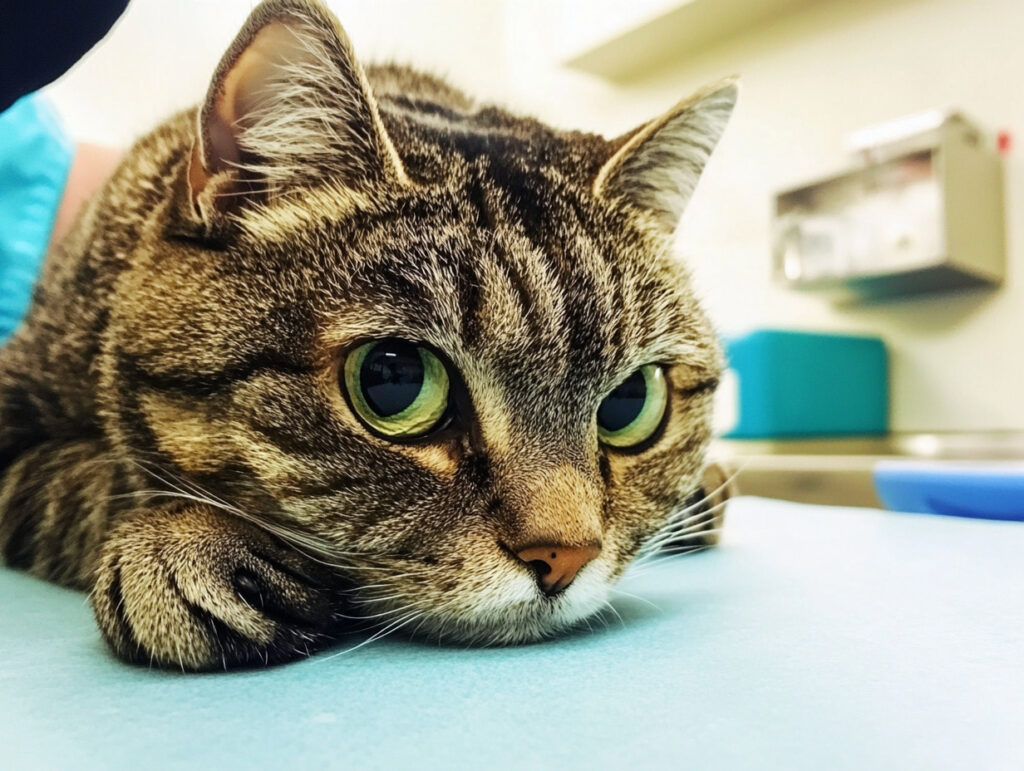How to Deal with Cat Allergies: Tips for Owners and Guests
Cat allergies affect many people worldwide, making interactions with our feline friends challenging for both owners and guests. Allergic reactions are typically triggered by proteins found in cat saliva, urine, and dander (dead skin flakes). Symptoms range from sneezing and itchy eyes to more severe respiratory issues. Fortunately, there are several effective ways to manage cat allergies while still enjoying the company of cats. Here are essential tips for owners and guests on how to deal with cat allergies.
1. Understand What Triggers Cat Allergies

The primary allergen in cats is a protein called Fel d 1, found in their saliva and skin glands. When cats groom themselves, this protein transfers to their fur and dander, which then becomes airborne or lands on surfaces, triggering allergic reactions in sensitive individuals.
2. Keep Cats Clean and Groomed

Regular grooming helps reduce the amount of allergen on your cat’s fur. Brushing your cat frequently and giving occasional baths can minimize dander buildup. Use pet-safe shampoos designed to reduce allergens, and consider using wipes to clean your cat’s fur between baths.
3. Create Cat-Free Zones

Establishing areas in your home where cats are not allowed, such as bedrooms or specific furniture, provides allergy sufferers with safe spaces to breathe easier. Keeping the cat out of these zones reduces allergen exposure during rest and sleep.
4. Use Air Purifiers

Invest in a HEPA air purifier to filter out airborne allergens like cat dander. These purifiers can significantly improve air quality in your home, reducing allergy symptoms for both owners and guests.
5. Clean Regularly

Vacuum your home frequently using a vacuum equipped with a HEPA filter, and wash bedding, curtains, and furniture covers regularly. Minimizing dust and dander accumulation helps keep allergen levels low.
6. Wash Hands and Change Clothes

After handling your cat or spending time in a cat’s environment, wash your hands thoroughly and consider changing clothes, especially before entering allergen-free zones. This reduces the transfer of allergens to sensitive areas.
7. Manage Symptoms with Medication

Over-the-counter antihistamines, nasal sprays, or eye drops can alleviate mild allergy symptoms. For more severe allergies, consult an allergist who may recommend prescription medications or immunotherapy (allergy shots) to build long-term tolerance.
8. Communicate When Visiting

If you have cat allergies and plan to visit someone with cats, inform your hosts beforehand. They may be able to clean their home more thoroughly, keep cats out of certain rooms, or help you prepare to minimize allergic reactions.
9. Consider Hypoallergenic Cat Breeds

While no cat breed is entirely hypoallergenic, some breeds produce fewer allergens or shed less, such as the Siberian, Balinese, or Devon Rex. For allergy sufferers considering cat ownership, these breeds might be better options.
10. Consult Professionals for Severe Cases

If allergies are severe, working with an allergist and your veterinarian can provide personalized strategies. In rare cases, reducing direct contact or finding alternative pet options may be necessary to maintain health and comfort.
Balancing Love for Cats with Allergy Management

Cat allergies don’t have to mean sacrificing your love for felines or missing out on visits with friends who have cats. With proactive cleaning, grooming, medical management, and thoughtful planning, both owners and guests can enjoy safe and comfortable interactions. Understanding and managing cat allergens ensures that cats remain cherished companions in our lives without compromising well-being.







